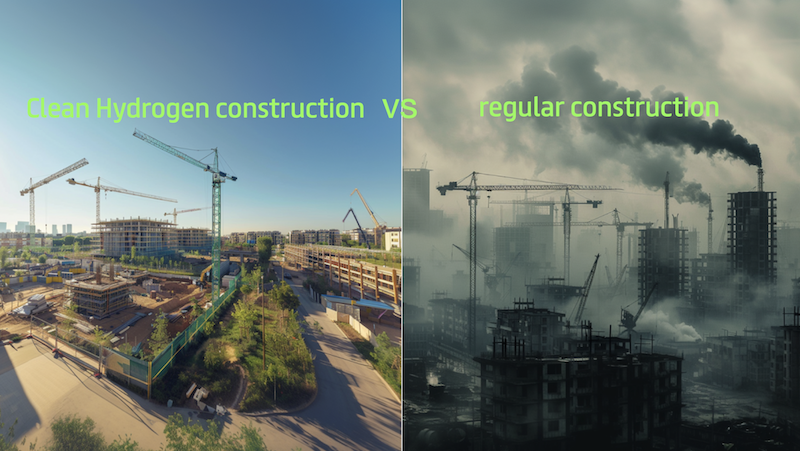Hydrogen offers the route to leave behind fossil fuels, and when made from the electrolysis of water powered by wind or solar — it is essential to climate neutrality. The European Commission announced eight net zero emissions scenarios by 2050, and Hydrogen features in all eight.
There are three key capabilities to Hydrogen: it can decarbonise transport sectors that are simply illogical for electrification i.e. anything big and heavy like buses, trains and long distance haulage, it can also store excess renewables power when the grid can’t take it, and it can be the zero-carbon feedstock to replace fossil fuels in fuel production.
Bloomberg New Energy Finance said green hydrogen “can help address the toughest third of global greenhouse gas emissions by 2050” in March 2020. The International Energy Agency proclaimed its “vast potential” in an inaugural report on hydrogen in June 2019.
Emmanouil Kakaras, head of new business at Mitsubishi Power Europe is part of an internal task force focused entirely on carbon-free fuels. “We look at Europe as the place where technology and especially policy can be tested and pave the way for global deployment.”
Europe’s original aim was for an 80–95% emission reduction by 2050. Now the hydrogen economy is a priority for the EU’s post-COVID-19 economic recovery lead by the European Green Deal, which commits Europe to become the world’s first climate neutral continent by 2050. Net-zero requires total removal of fossil fuel use. Gas is now under scrutiny for the first time. So the gas industry is looking to hydrogen for its future.
However, the positive impact of hydrogen on the climate depends on how it is made. After all, it is an energy carrier that can be produced clean or dirty.
Grey hydrogen is made from natural gas and the process emits CO2. Blue hydrogen is made from natural gas with carbon capture and storage. Finally, green hydrogen — the ultimate goal — is made from the electrolysis of water powered by renewable energy such as from wind or solar.

Ryse Hydrogen’s first large scale commercial Hydrogen production facility in Kent, UK.
Then there is the thermal cracking of natural gas into hydrogen and solid carbon. Big players such as Russia’s Gazprom and Germany’s BASF are investigating, but it’s very early days for this technology.
There is a surge in interest in clean hydrogen from the steel and chemicals sectors (over half of all the hydrogen worldwide is used in fertilizer production and oil refining) as Europe aims for climate neutrality in 2050 . Yet these industries are exposed to global competition and therefore extremely price sensitive. Companies are wary of paying multiples of the ‘grey’ price for a climate-friendly ‘green’.

Industry has no option other than to decarbonise rapidly in order to reach net zero by 2050
Getting green hydrogen into transport will bear some of the early costs and with volume bring them down, whilst growing demand in heavy industry where there is simply no decarbonization alternative.
The clean hydrogen economy depends on regulation as the biggest challenge is building up a hydrogen infrastructure. That is a massive task that needs political support.
The European hydrogen strategy, released in July 2020 supports the use of carbon-free power decarbonize other sectors, such as transport and industry.
There are strong indications that Europe can be the global Hydrogen superpower. Europe, for example, is the global leader in electrolysis technology. It has filed about twice as many patents and publications as its nearest competitors the US, China and Japan in the last 15 years. However, there are of course warning signs of strong competition from China.
For more about Ryse Hydrogen click here…






